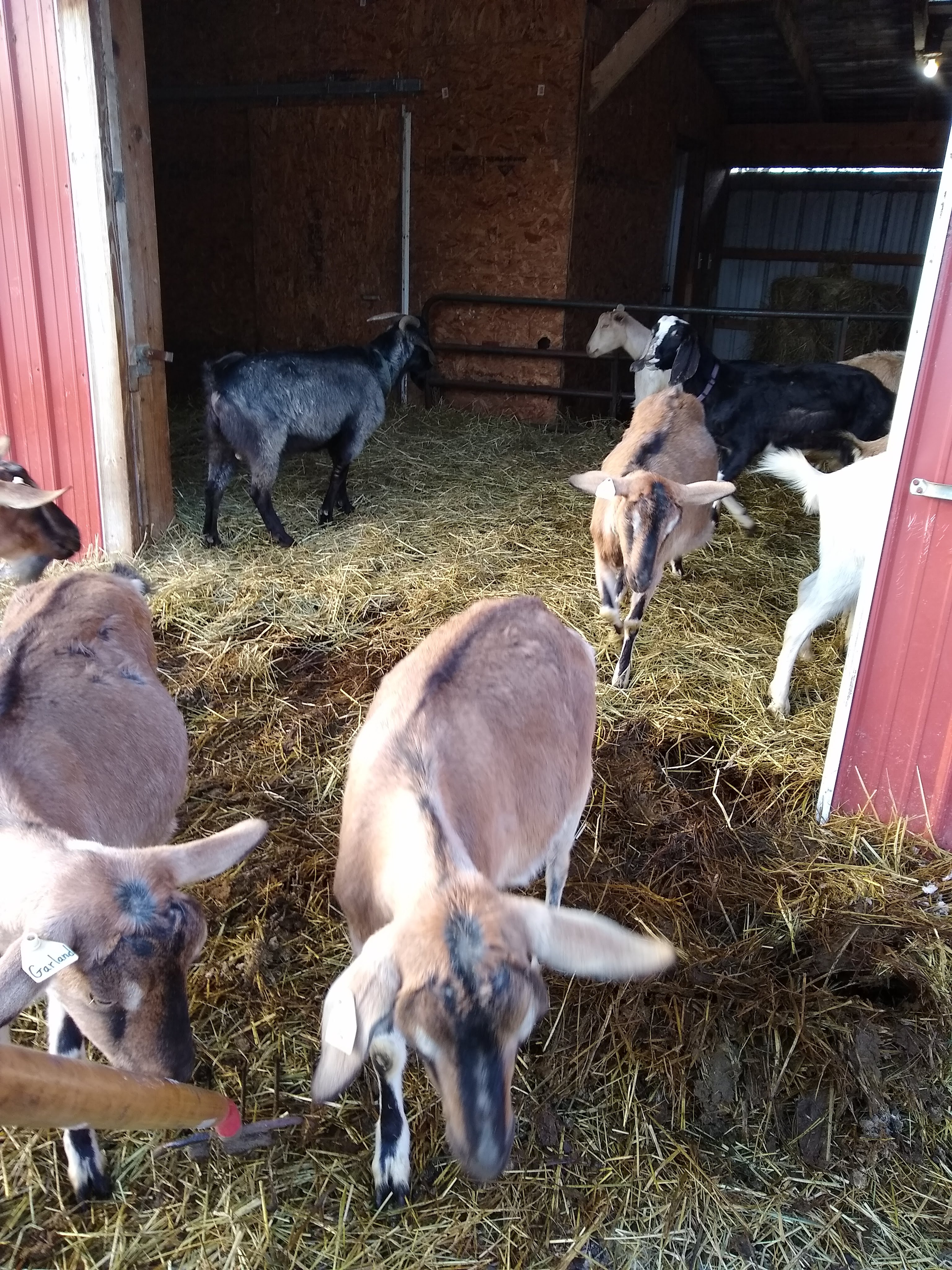Getting the Beef

I got a phone call on Friday: "Your beef is done." I let the employee from Sylvester Quality Meats know that we would be down as soon as we could to pick it up.
The process had begun months earlier, first noting the decreasing amount of steaks and hamburger in the store freezers. We made the decision that it was time to call the butcher and set up an appointment for the next steer.
I called to make the appointment in late October. Fall is always the busiest time of year for a butchershop as they will have plenty of deer to process. The next available date for processing a steer was January 4th. I took it and marked the calendar.
Our beef comes from dairy or dairy cross steers. They are easy to come by when you have a dairy farm. The current steer was a Hereford-Jersey cross, resulting in an animal smaller than they typical Hereford.
January 2nd arrived and we separated the steer out from the rest of the herd and put him in the barn overnight with plenty of hay and water and even some grain. While our beef is not strictly grass fed, it is also not grain finished. Beef cattle in conventional systems are sent to feed lots to be "finished." There they are fed large amounts of grain intended to make them fat and result in "marbling" in the beef.
The next morning the trucker arrived early and we loaded the steer on the trailer. We gave our trucker instructions and sent her on her way. Later in the day I called Sylvester's to give them cutting instructions: what kind of steaks, what kind of roasts, what to grind, and special items like snack sticks and summer sausage.
The butcher like to bring the animals in two to three days before slaughter. This gives the animal time to adjust to a new environment. It's important that they are not stressed at at the time of slaughter, as that can result in off flavors in
the meat.
The slaughter occurs on Monday, and then the carcass is dry aged for 10 days before cutting. The aging process helps to make the meat tender. While 10 days is on the short end of aging, it does make a difference.
It was a few days after I got the call when we were able to make the trip down to Westfield, Pennsylvania to pick the meat up. We picked it up frozen, packaged in cardboard boxes.
Back home at the store we rearranged the freezers, moving things here and there to make room. When we finished, our inventory was replenished: ground beef, chuck roasts, soup bones, porterhouse steaks and more.
While rearranging the freezers, we found some forgotten roasts in the bottom, and decided to have one for dinner.
Pot Roast Recipe
1 Beef Roast(chuck, round, eye, etc.)
6 Potatoes
2 Carrots
1 Onion
2 cups beef broth
1 cup red wine
1 tsp Rosemary
1 tsp Thyme
salt
pepper
Chop carrots and potatoes and add to crock pot. They can be peeled or not at you preference. Peel and chop onion, add to pot. Salt and pepper both sides of the roast and put it in the pot on top of the veggies. Add the rosemary and thyme. Add the broth and the wine and set on high for 3 to 4 hours or low for 6 to 8 hours. This serves four at my house and we might have leftovers. In most families, I think it would tend to serve six to eight.





















